- News
- Reviews
- Bikes
- Accessories
- Accessories - misc
- Computer mounts
- Bags
- Bar ends
- Bike bags & cases
- Bottle cages
- Bottles
- Cameras
- Car racks
- Child seats
- Computers
- Glasses
- GPS units
- Helmets
- Lights - front
- Lights - rear
- Lights - sets
- Locks
- Mirrors
- Mudguards
- Racks
- Pumps & CO2 inflators
- Puncture kits
- Reflectives
- Smart watches
- Stands and racks
- Trailers
- Clothing
- Components
- Bar tape & grips
- Bottom brackets
- Brake & gear cables
- Brake & STI levers
- Brake pads & spares
- Brakes
- Cassettes & freewheels
- Chains
- Chainsets & chainrings
- Derailleurs - front
- Derailleurs - rear
- Forks
- Gear levers & shifters
- Groupsets
- Handlebars & extensions
- Headsets
- Hubs
- Inner tubes
- Pedals
- Quick releases & skewers
- Saddles
- Seatposts
- Stems
- Wheels
- Tyres
- Health, fitness and nutrition
- Tools and workshop
- Miscellaneous
- Tubeless valves
- Buyers Guides
- Features
- Forum
- Recommends
- Podcast
TECH NEWS
 SRAMZippRockshox-August-2021
SRAMZippRockshox-August-2021SRAM, Zipp & RockShox launch new XPLR gravel components
SRAM, Zipp, and RockShox have introduced a whole range of new XPLR – pronounced ‘explore’ – gravel bike components comprising wheels, derailleurs, cassettes, a suspension fork and a dropper seatpost. The components from the three brands – all from the same group of companies – can be used individually or as a complete package.
Let’s go through the offerings from each brand individually…
SRAM
SRAM has launched new XPLR rear derailleurs and cassettes into its existing Red, Force, and Rival groupsets. Everything is for 1x wireless electronic drivetrains, SRAM believing that a single chainring is the way forward for gravel, largely because it allows the use of large tyres.
The SRAM XPLR eTap AXS rear derailleurs are for use with the new XPLR 10-44T cassettes (see below), as well as with SRAM’s existing 10-36T cassettes. You can’t use an XPLR rear derailleur with a front derailleur.
The electronics are the same as in existing SRAM eTap AXS rear derailleurs, and the batteries used are the same. The differences in terms of construction are that the new design has a longer knuckle at the top where the rear derailleur attaches to the hanger, and the top pulley wheel is offset to the main pivot so that as you move through the gears the pulley wheel moves either closer or further from the cassette.
As is the case with existing models, the Red and Force rear derailleurs use SRAM’s Orbit fluid damper to help stabilise the chain over rough roads – it’s a silicone fluid damper with a one-way valve that controls the rear derailleur cage’s anticlockwise rotation – while the Rival version uses a simpler spring to do a similar job. Both are sealed systems that don’t require maintenance.
The Red rear derailleur uses ceramic pulley bearings while the Force and Rival versions use steel bearings.
Weights range from a claimed 293g for the SRAM Red XPLR eTap AXS rear derailleur to 327g for the Rival version. The rear derailleurs are operated by existing SRAM shift-brake controls.
The Red XPLR eTap AXS rear derailleur is priced at £610, the Force version is £415, and the Rival model is £236.
The XPLR 10-44T cassette offers a huge 440% range and is available in a XG-1271 version, designed for Red and Force groupsets, and XG-1251, which is Rival level.
The XG-1271 version has an aluminium backplate that doubles as the large cog – the same as with SRAM’s current Force cassette – while the XG-1251 has a steel backplate as the large cog.
SRAM gives a weight of 373g for the XG-1271 cassette and 412g for the XG-1251 cassette.
The cassettes are for use with the new XPLR 1x rear derailleurs mentioned above and SRAM’s own XDR driver bodies.
Whichever cassette you go for, the sprocket sizes are:
10, 11, 13, 15, 17, 19, 21, 24, 28, 32, 38, 44
In other words, you get small jumps at the bottom of the cassette when you’re likely to be riding faster and larger jumps towards the top. SRAM says it has done things this way so that it feels like a road cassette when you’re on the road – with the one and two-tooth gaps not being too disruptive to your pedalling cadence – and more like a mountain bike cassette when you’re off-road.
The XG-1271 10-44T cassette is priced at £200 while the XG-1251 model is £145.
SRAM hasn’t reinvented anything when it comes to cranksets, but it has made updates. The Red and Force 1x cranksets use the same arms as previously but there are new chainrings. These are now direct mount, meaning that you get a one-piece spider and chainring rather than them being separate components. This makes for a weight reduction of 32-35g, depending on the chainring size. The new direct-mount 1x cranksets come with chainrings from 38T up to 46T (in 2-tooth increments).
The new direct-mount chainring attaches to the crank arm using the eight-bolt interface that SRAM has been using on the road for some time.
A SRAM Red 1x D1 Dub Direct mount chainset is £625 while the Force version is £390.
SRAM has also added a wide-spindle Force 1x chainset to the range. The spindle is 5mm longer than usual, allowing frame manufacturers to use a wider bottom bracket shell (73mm rather than 68mm) which in turn allows the use of wider chainstays with greater tyre clearance. This Wide version is the same price as the standard Force 1x chainset: £390.
If you already have an eTap AXS drivetrain, you can convert to XPLR gearing by buying an XPLR eTap AXS rear derailleur, a 10-36T or 10-44T cassette, an AXS 1x chainring, and a new chain (because you’ll probably need a longer chain for the larger cassette). You can use existing cranks (including the SRAM Rival eTap AXS power meter, comprising spindle and non-driveside crank), battery, charger and bottom bracket. You don't need to update other groupset components – existing shifters and brakes work with the new kit.
RockShox
RockShox is adding two new products to the XPLR range: the Rudy Ultimate XPLR suspension fork and the Reverb AXS XPLR dropper seatpost.
Does gravel really need these mountain bike-inspired innovations?
“At RockShox, we have a firm belief that any bicycle that travels off-pavement [used in the US sense to mean a hard-surfaced road] is way better off with suspension and a dropper post,” says RockShox Product Manager Jed Douglas. “They give you a level of comfort and control that you just don’t get without them.
“Rough terrain is pretty hard on the body but if you add a little bit of suspension it really reduces that body fatigue quite a bit and allows you to ride faster, farther, and generally have a better ride experience.”
“Secondly, suspension really gives you a lot more control and keeps that front end planted on the ground instead of being deflected and bumped around. This gives you more confidence and if you have more confidence you’ll have more fun, and that’s what we’re really looking for.”
RockShox says, “The XPLR collection is designed specifically to make dirt road journeys extra efficient and more enjoyable. Suspension adds more comfort to take the edge off. It adds confidence and more control when the terrain gets challenging. And it means riding faster while maximising your grip on rough roads.
“[The Rudy Ultimate XPLR fork] saves your body from taking a beating, you’ll ride faster, for longer, and be less fatigued. It even steers better with more precise control ensuring the front wheel doesn’t deflect off sudden hits.”
Two different versions of the Rudy fork are available, providing either 30mm or 40mm of travel. The brand says that it tested several different travel options and found these to be the most popular. Each uses the brand’s existing Charger Race Day damper.
“This is the damper that we use in our highest level SID cross-country race fork,” says Jed Douglas. “We use this because it has a rock-solid lockout [for when you’re on smooth roads and don’t need the suspension]. It also has a really nice open feeling. We want the fork to be really active when it’s open and the Charger Race Day gives you that. It also gives you a really wide range of rebound damping adjustment, and it’s the smallest, lightest damper we’ve ever made.
“The Solo Air spring took a while to dial in because when you’re dealing with such short travel it’s more like the air spring in a rear shock than in a suspension fork. What we ended up with is an air spring that’s really active on the quick chatter, but that also gives you a bottomless feel when you get into some chunkier stuff. You don’t feel any harshness in your hands and ultimately it gives you so much control over the bike.”
The Rudy Ultimate XPLR fork features magnesium lower legs, a hollow and machined alloy crown, and a tapered alloy steerer – 1 1/8in at the top to 1 1/2in at the bottom. RockShox plans to make a 1 1/8in to 1 1/4in version in the future too. The fork is compatible with tyres up to 700x 50mm. You can use it with a 160mm disc brake rotor, or run a 180mm rotor with an adaptor.
The fork features a three-bolt mounting system for custom RockShox short mudguards and compatibility with full mudguards via stay bosses.
RockShox says that it spent a lot of time on aesthetics too so that the fork doesn’t look like it’s a castoff from a mountain bike.
“The goal of the design language was to make it look like it belongs on a gravel bike,” says Jed Douglas. “We chose to go pretty minimal with the graphics. Rigid gravel forks are usually pretty plain and we wanted to keep the same look.”
The RockShox Rudy Ultimate XPLR suspension fork is £779.
RockShox is also introducing the Reverb AXS XPLR dropper seatpost.
“Having a dropper post on your bike gives you more control too,” says Jed Douglas. “Being able to move the saddle out of the way when you’re descending something steep gives you a ton more control.
“We knew that taking mountain bike technology and moving it over to the gravel market would not cut it, so we came up with an entirely new product. The internals are totally different from those of the mountain bike Reverb. It’s a system based entirely on air; we don’t have oil in there.
“Going to an all-air internal allowed us to add an extra feature that we think is pretty incredible: ActiveRide. This post is just like any other at full extension; it’s totally locked out. But as soon as you move the fork into its travel, even if it’s just a millimetre, you’re going to get compliance – you get suspension. This means you can keep it high and rigid when things are smooth but as soon as things get rough you can drop it a tiny bit into its travel and you get the suspension and comfort that you wouldn’t get with a rigid post.”
Adjusting the air pressure in the post allows you to alter the feel. You can make the travel either softer or firmer depending on your preference and the riding you’re doing.
You get to choose between options with 50mm and 75mm of travel and saddle clamp options are compatible with 7mm round rails, 7x9mm oval rails, and 7x10mm oval rails.
The Reverb AXS XPLR is powered by a standard SRAM AXS battery and is customisable via the AXS Mobile App.
RockShox claims a weight of 567g (including the battery) for the Reverb AXS XPLR with a 350mm post length, and 597g for the 400mm version. The post is priced at £500.
Zipp
Zipp’s contribution to the new gravel range is its new 101 XPLR wheelset.
“This is the first wheelset from Zipp that is dedicated to gravel,” says product manager Bastien Donzé. “People have been using Zipp 303 wheels on gravel for years but this new wheel is completely different.
“People tend to experience a deep state of fatigue when they ride gravel. It makes you more tired than riding on the road. We’ve learnt a lot by studying total system efficiency; it’s a way for us to look at all the factors that slow riders down.
“We’ve been focused on aerodynamics for so long but we’ve recently paid more attention to other elements that slow you down, and it’s interesting to discover how much vibration sucks the energy off you. It’s staggering how much power you lose to vibrations.”
So what’s Zipp’s answer? Unlike most designs, the 101 XPLR wheelset uses a single wall rim profile, which is something that Zipp introduced on the 3Zero Moto mountain bike wheel three years ago. There’s no rim cavity to provide extra rigidity.
“All of the gravel wheels currently on the market are modelled on road wheels,” says Bastien Donzé. “They focus on light weight and stiffness. All of the feedback we’ve had made us wonder whether we should design a gravel wheel using mountain bike technology as opposed to road bike technology, and this is how we came up with 101 XPLR.”
“The benefit of single-wall is something we call ‘ankle compliance’. The rim is able to have a rocking motion around the spoke nipple that gives the rim much more compliance than a box cavity rim.”
The idea is that the rim can move a couple of millimetres in this rocking motion to absorb energy from impacts and lessen the amount of vibration that’s transferred to the rider. The result, according to Zipp, is reduced fatigue, increased control and a lower chance of pinch flats.
Zipp explains it this way: “Imagine a runner rounding a sharp turn, the ankle naturally flexing to maintain grip as the runner leans. [These rims] can locally flex to stay parallel to the ground during cornering, increasing traction like a human ankle adjusts while running. This ability to twist locally allows it to deflect during single bead impacts without the rider getting bounced offline.”
Zipp says that while something like its 303 wheelset might be faster on a flat, level road thanks to superior aerodynamic efficiency, the 101 is quicker when things get rough. It’s also said to be more comfortable and durable.
The hookless, tubeless rim has a 27mm wide internal profile. It’ll take tyres with widths from 35mm upwards, according to Zipp.
The 101 XPLR wheelset uses Zipp’s existing ZR1 hubset that’s designed to provide a high level of sealing and durability. It runs on steel cartridge bearings. Both front and rear wheels are held together by 28 Sapim CX-Sprint spokes, laced three-cross.
The wheelset is available in 650B (claimed weight of 1,590g) and 700C (claimed weight of 1,665g) versions and comes with a lifetime warranty.
The Zipp 101 XPLR front wheel is £780 while the rear is £866.
Availability
SRAM XPLR AXS components will be available in limited quantities in August 2021 with wider availability from September. Availability of the SRAM XPLR XG-1251 cassette, and complete bikes using that cassette, will be slightly later, with wider availability expected in October.
The RockShox Rudy Ultimate XPLR fork will be available in limited quantities in August 2021 with wider availability beginning in September.
The RockShox Reverb AXS XPLR dropper seatpost will be available in limited quantities in September 2021 with increased availability in the following months.
The Zipp 101 XPLR will be available in limited quantities in August 2021 and more readily available in the following months.
Mat has been in cycling media since 1996, on titles including BikeRadar, Total Bike, Total Mountain Bike, What Mountain Bike and Mountain Biking UK, and he has been editor of 220 Triathlon and Cycling Plus. Mat has been road.cc technical editor for over a decade, testing bikes, fettling the latest kit, and trying out the most up-to-the-minute clothing. He has won his category in Ironman UK 70.3 and finished on the podium in both marathons he has run. Mat is a Cambridge graduate who did a post-grad in magazine journalism, and he is a winner of the Cycling Media Award for Specialist Online Writer. Now over 50, he's riding road and gravel bikes most days for fun and fitness rather than training for competitions.
Latest Comments
- Rendel Harris 6 min 21 sec ago
Actually any person, victim or even just a member of the public with no connection to the offence, can ask the Attorney Genertal to review a case...
- Steve K 43 min 14 sec ago
When I was cycling to every Crystal Palace match for a season back in 2016/17, my LBS gave my bike Palace coloured outers.
- Steve K 47 min 34 sec ago
I disagree. He clearly did learn from it. He learnt that if he claimed he needed to drive for work, the star struck magistrate would let him off.
- Oldfatgit 1 hour 18 min ago
Garmin Connect is proprietary to Garmin, so they aren't going to make it easy.
- Rendel Harris 1 hour 20 min ago
So let water and sweat in from the outside! I'm all for economic solutions and £30 for this case is just daft but not sure your alternative is a...
- hawkinspeter 3 hours 2 min ago
That's just cheating
- Hirsute 3 hours 6 min ago
Well done to the drivers. If the DISGUSTING COUNCIL can not provide adequate parking, then PARK WHERE EVER.
- David9694 3 hours 39 min ago
Bradford-on-Avon police chase ends in crash https://www.wiltshiretimes.co.uk/news/24914082.bradford-on-avon-police-c...
- BPhillips 6 hours 10 min ago
Car paint is a good idea, but my previous attempts haven't been good, so I'll leave it to someone that knows what they're doing!
- mdavidford 6 hours 10 min ago
Maybe someone stuck all their stuff to the ceiling.
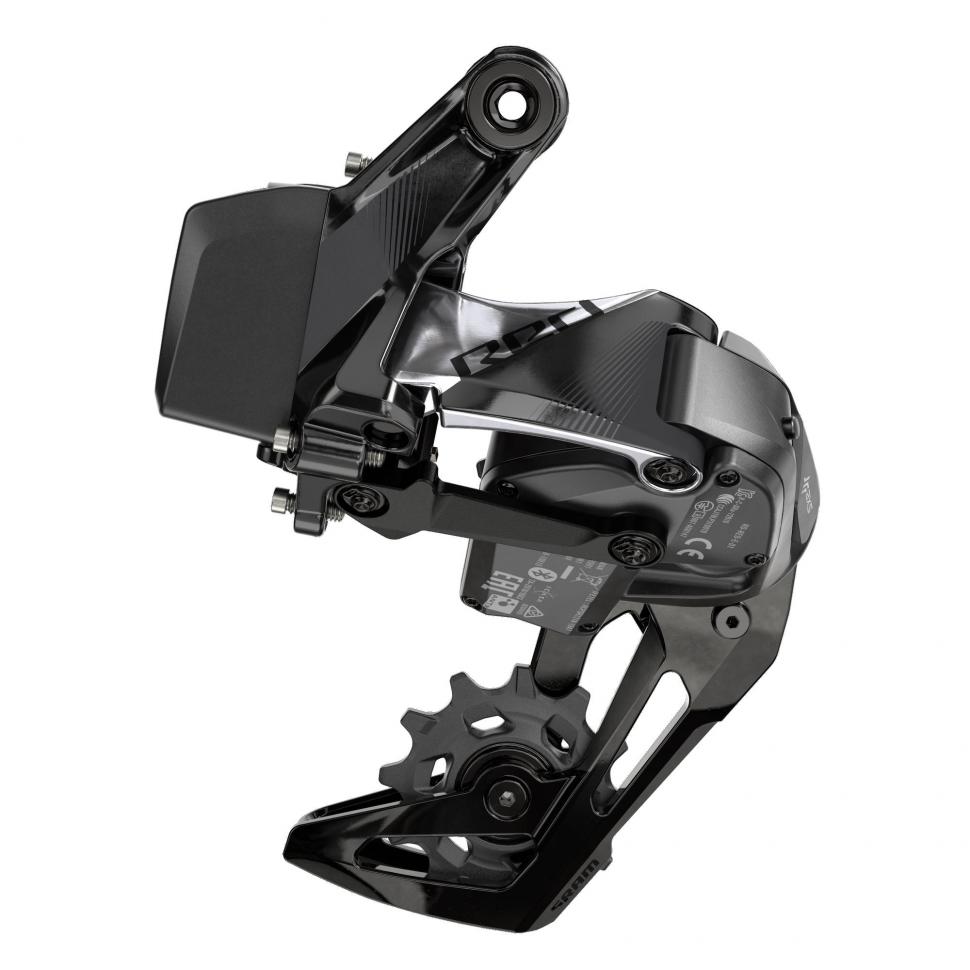



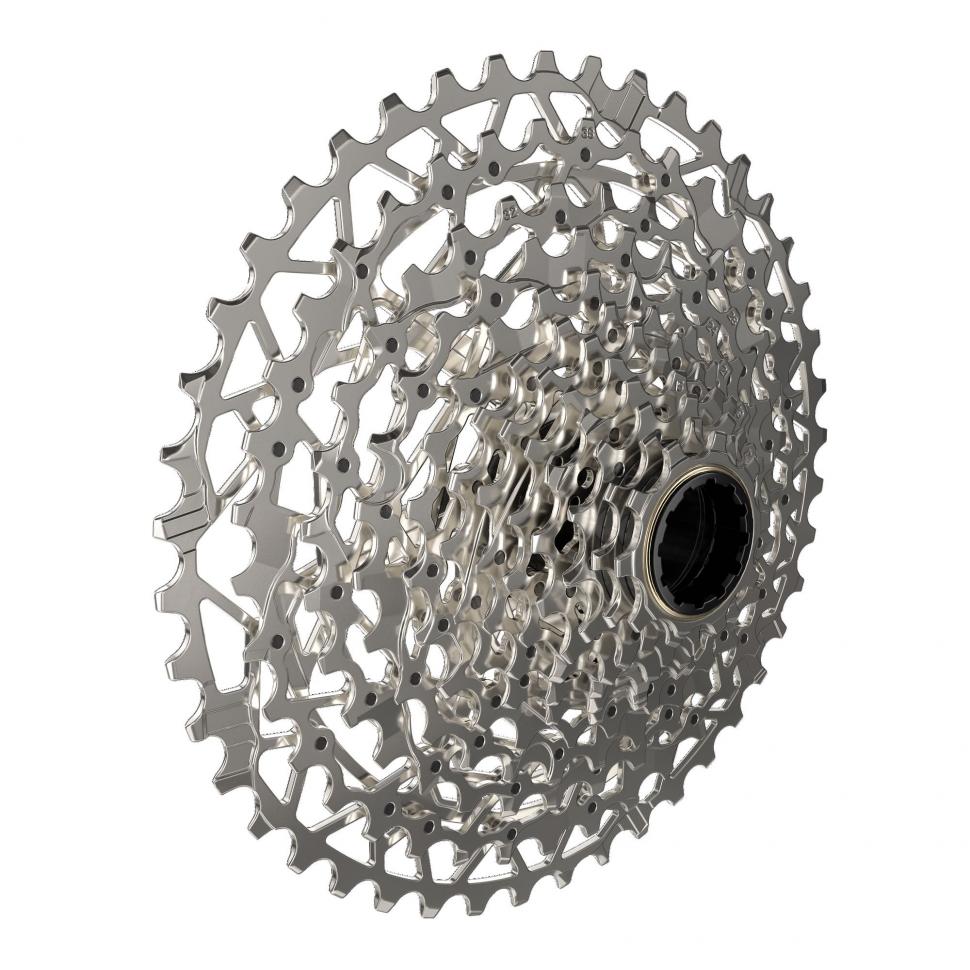
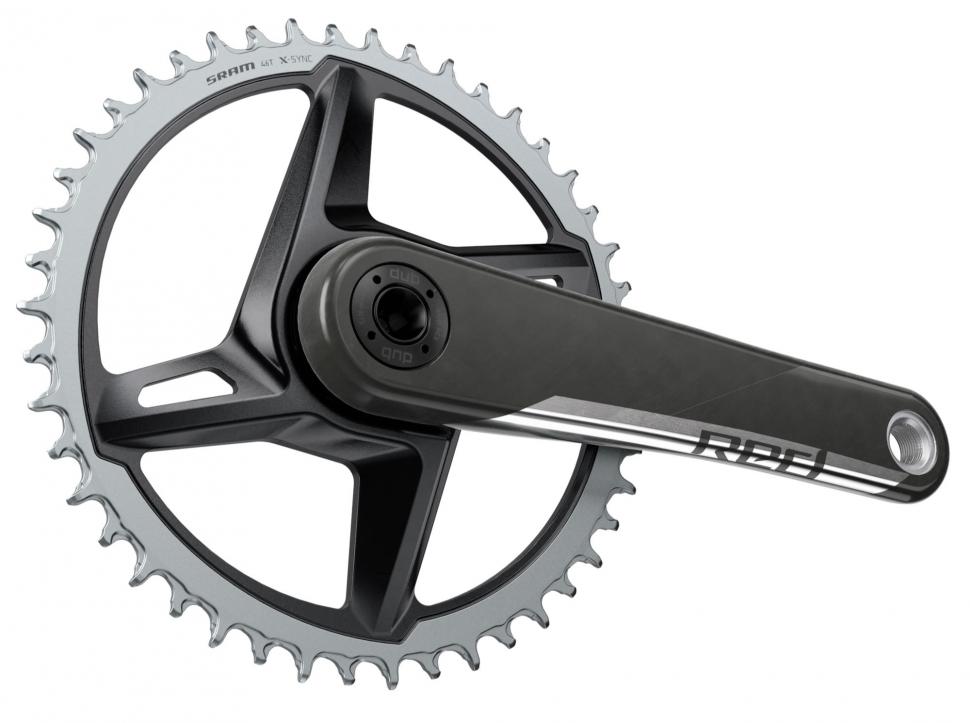
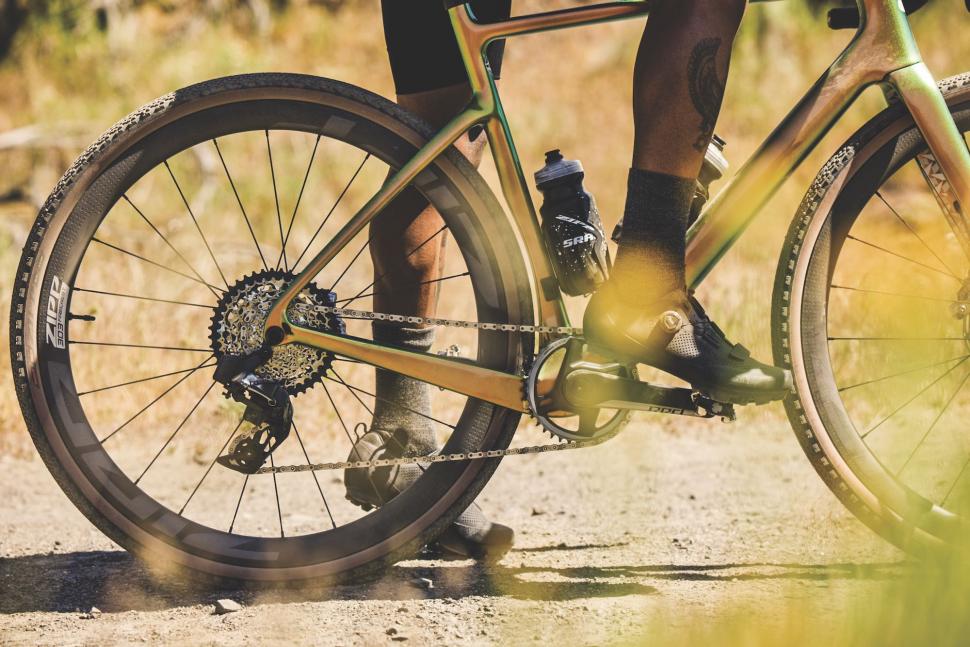
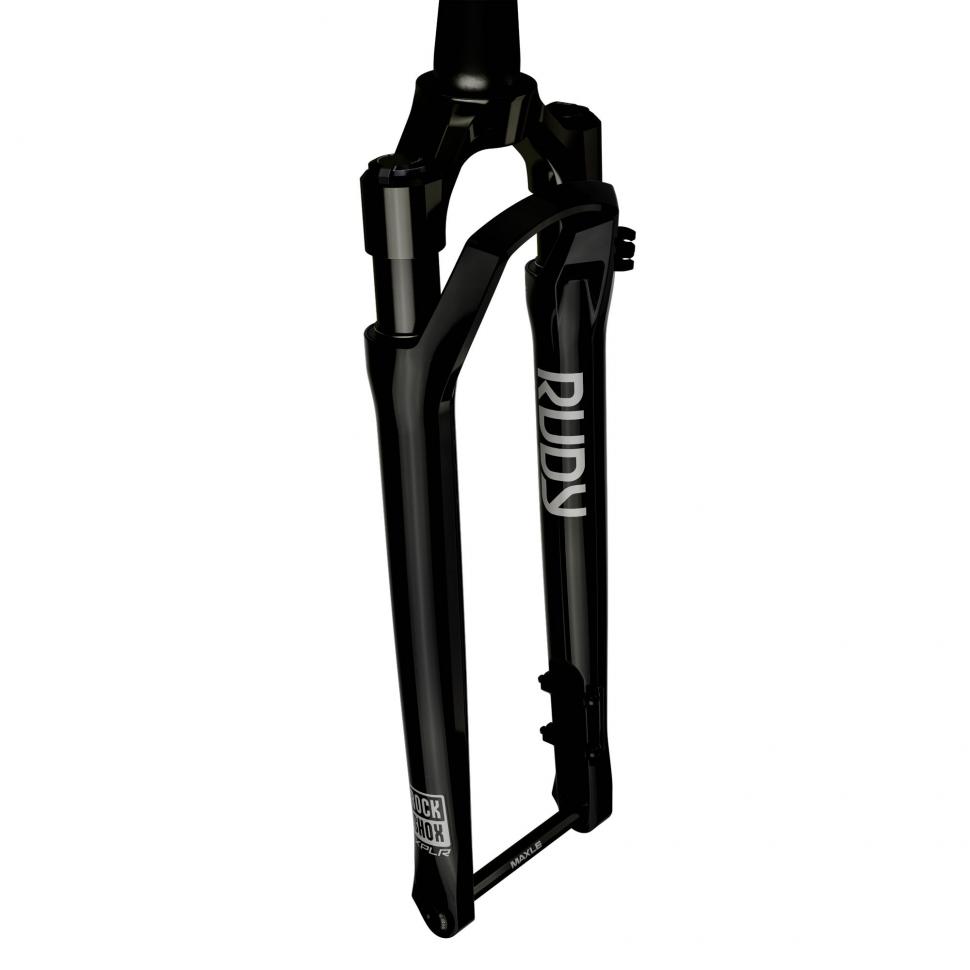





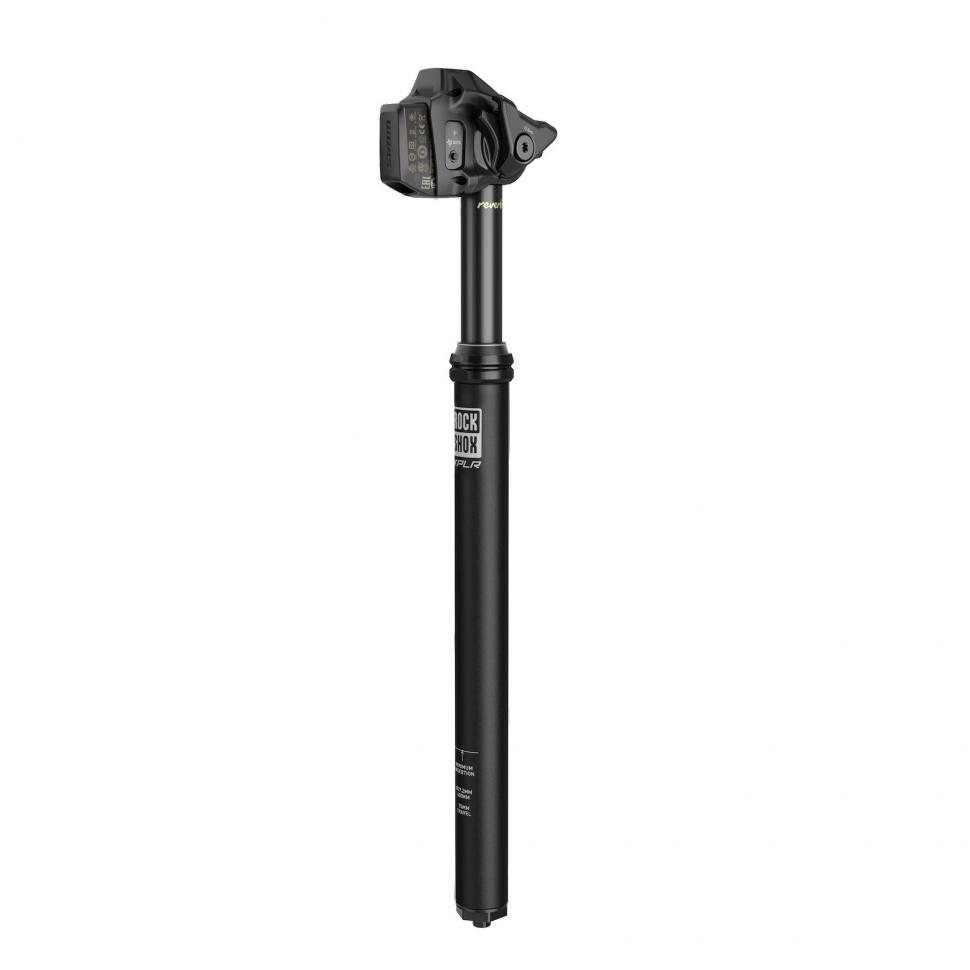



Add new comment
22 comments
You can tell me it's pronounced 'explore' all you like, but I'm still going to call it 'ksplur'.
It's a bit like having to explain a joke isn't it - if you adopt snappy branding for all your new products, but then have to append a pronunciation guide to each one, something's gone wrong. So I think we have 1x (pronounced 'one by'); AXS (pronounced 'access'); and XPLR (pronounced 'explore'). Is there an official memo on how we pronounce SRAM?
I thought it was sram but I've heard essram used so I'm not sure
It's pronounced SCAM isn't it ?
It's pronounced SCAM isn't it ?
This is definitely untrue. There are 3 major manufacturers in competition and the kit is very good. I recently complained on here about an 18 month old collapsing rim with a rubbish hub where no spares were available, but I think that's the only bike component I have ever had fail. There is a complete range of components going down to pretty cheap stuff which work very well- I have settled on 9 speed and it's really good. TRP cable discs are really good as well. So in summary: you don't have to buy £600 rear mechs, but it would be nice if they made hubs with spares and rims with some metal in them. It's not much to ask.
They will shortly rebrand to HMFACFM, standing for How Much For A Cassette? F Me!
A mountain biking friend of mine recently needed one of these dinner plate sized cassettes and the cost was more than a 105 chainset and cassette combined.
Shockingly expensive for a seatpost, but if I read it right there is some suspension built into a dropper from RockShox, if dropped a small amount.
And I'm guessing 27.2, and wireless.
Was hoping for a 10-42 cassette, shame!
Plus ca change. Those wheel rims look very much like the ones on the pair of rusting Raleigh Roadsters that lived in our cellar. (Apart from the carbon weave of course.) Are stirrup brakes going to be the next big thing?
In other news, if you already have Trigger's Broom, you can convert to XPLR sweeping by buying a new handle and a new head.
Shocking statement! It's new bristles not an entire new head!
Normally yes, but the XPLR version ditches separate bristles for a radical new fully integrated head system which saves 3g, is 200% stiffer, costs twice as much and won't be available for 2 years.
Somebody suggested in the press that the gravel bike was just like an early mtb with drop bars. This was strongly denied. Now we can get a suspension fork and seat post. Wasn't that what they put on mountain bikes in the mid nineties. So how long before we get rear suspsion in gravel bike frames?
I think it is time to put drop bars on my mtb. It has a better fork, more gears and bigger tyres. Save me a ton of money that would. £600 for a derailleur and £200 for a cassette is taking the piss.
Rear sus for gravel is already here. Cannondale Topstone for one. Several other softtail solutions from memory too.
Niner has real suspension
Trek are sorting of doing that with their XC race machine.
Flex stays and shock integrated into the top tube.
Clean sweep of the women's Olympic MTB race.
What's that got to do with gravel
£610 for a rear mech. LOL.
£500 for a seatpost. More LOLs.
Compared to £342 (under £300 online) for an AXS GX Eagle mech which will work fine with AXS Red/Force/Rival but let you run up to a 52T rear sprocket and handle the 44 with no issues.
Seems screwy.
As road bikes used to have less parts, the individual parts could be sold more expensive. Or rather, you couldn't milk MTB'ers as much per part. But SRAM should know that prices are through the roof for all things bikes, so why sell the MTB parts for 'so little'?
good job they simpified to 1x saving as the expense of a front mech as well.